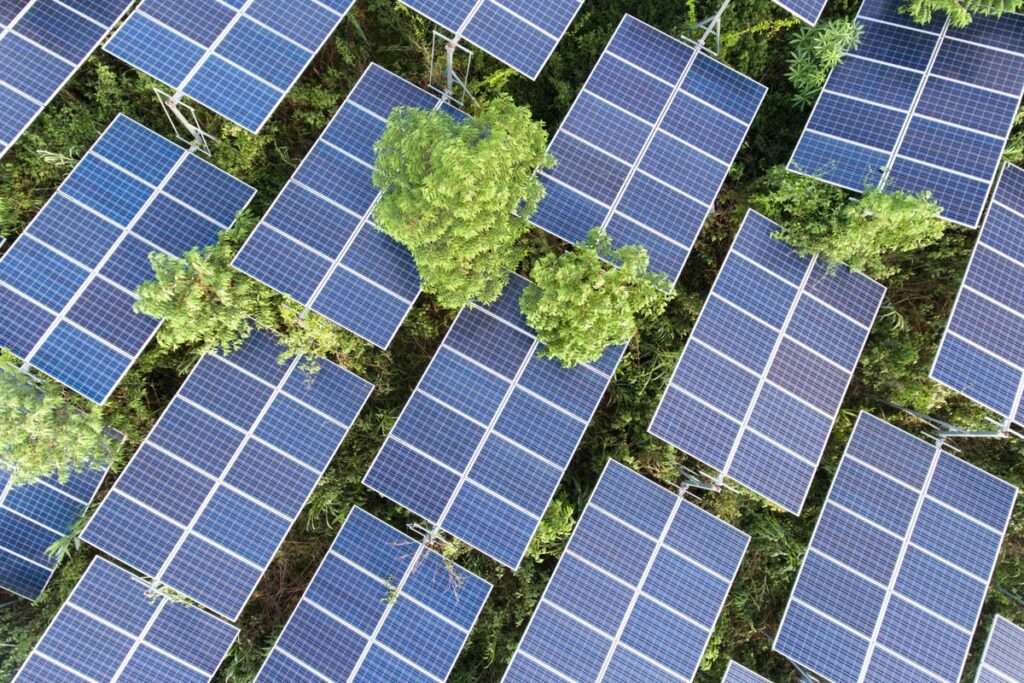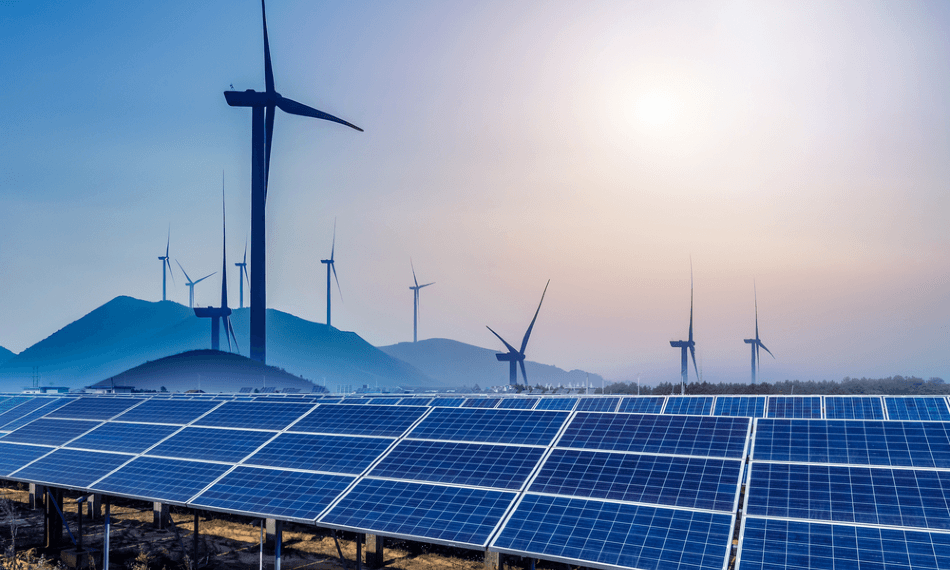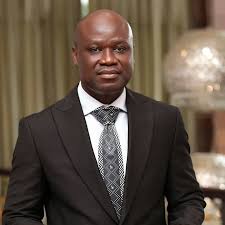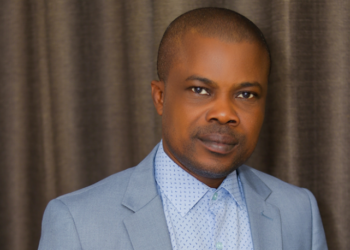Ghana’s renewable energy capacity is expected to increase to 1,969.50 MW in 2035, at a compound annual growth rate (CAGR) of 19.1 per cent as electricity demand surges 10 per cent per annum, according to GlobalData.
The leading data and analytics firm, noted that renewable energy is a major area of investment in Ghana as the country is rich in energy sources such as biomass, solar, wind and hydropower potential.
Attaurrahman Ojindaram Saibasan, Senior Power Analyst at GlobalData, said:
“The Ghanaian government has been actively encouraging the use of renewable sources for energy generation to reduce its dependence on fossil fuels. For instance, the government established the Renewable Energy Act of 2011 (Act 832), which provides support towards the utilization and development of renewable resources and investments.”
Senior Power Analyst
According to GlobalData’s report, ‘Ghana Power Market Size and Trends by Installed Capacity, Generation, Transmission, Distribution, and Technology, Regulations, Key Players and Forecast, 2022-2035’, Ghana’s installed renewable capacity stood at 170.1 MW in 2021, having increased from 2.8 MW in 2010 at a CAGR of 45.1 per cent. Solar PV and onshore wind constitute most of the installed renewable capacity. The cumulative installed capacity of renewables in the Ghana electricity market was 5.5 MW in 2021.
As Ghana’s economy is slowly recovering from the COVID-19 pandemic, potential investment opportunities have emerged in line with the Sustainable Development Goals and climate pledges made under the Paris Agreement, GlobalData noted.

Government’s 10% Renewable Energy Target
The government has pledged to scale up the penetration of renewable energy by 10 per cent under the Paris Agreement. Meanwhile, the 2030 national target of 10 per cent of its electricity generation from renewable energy sources was postponed in 2020, when at the time, Ghana’s renewable energy penetration hovered around l per cent. Current levels show that little progress has been made as renewable energies still remain less than 2 per cent within the country’s energy mix.
With the aggressive move towards increasing the use of renewable energies, investments into the space may begin to trickle in to accelerate Ghana’s move. Furthermore, under Ghana’s Integrated Power Sector Master Plan 2019, a major capacity amount through solar and wind power is aimed to be installed between 2022 and 2030, which is also part of the Renewable Energy Master Plan (REMP).
Saibsan added that “Ghana requires huge investment to drive the power industry’s transformation or local manufacturers and assemblers of renewable energy technology are urgently needed if the country is to add more renewable sources.”
To make the renewable sector more attractive to investors, the government is providing various incentives to increase the contribution of renewable energy to total power supply sources. But also, barriers to investment must be removed in order to ensure that investors do not face unnecessary hindrances.
Some progress is being recorded along the lines of increasing investments in the renewable energy sector. In February 2022, Ghana became a beneficiary with some other African economies of an AfDB Energy Access Finance Framework worth $164 million to promote decentralized renewable energies.
Indeed, investing in the renewable energy sector would bring great perks for the country in terms of reduced air pollution levels and less dependency on imported fossil fuel resources, Saibsan said.
READ ALSO: E-levy to Temporarily Cause Disruptions in the Stock Market- Analyst Predicts



















